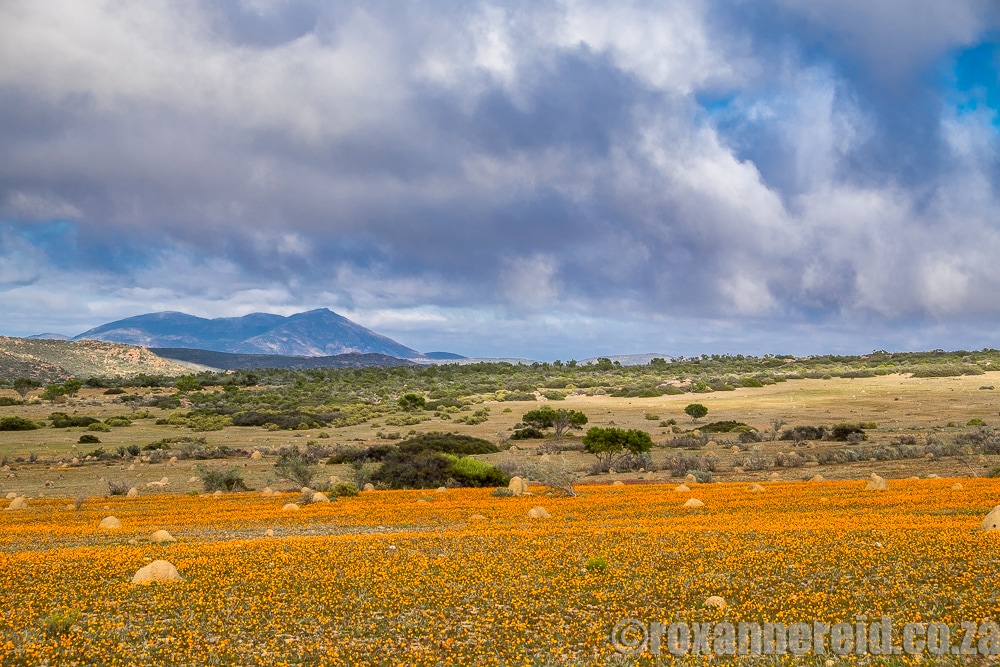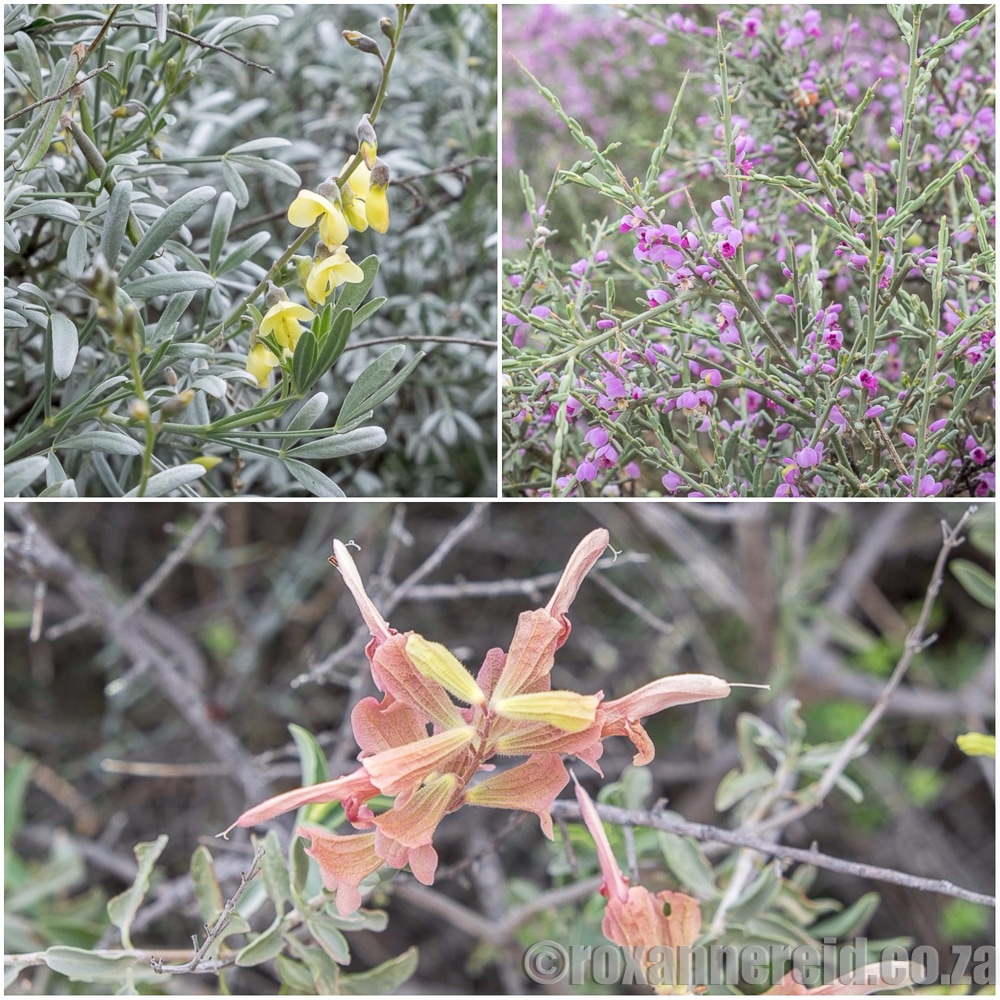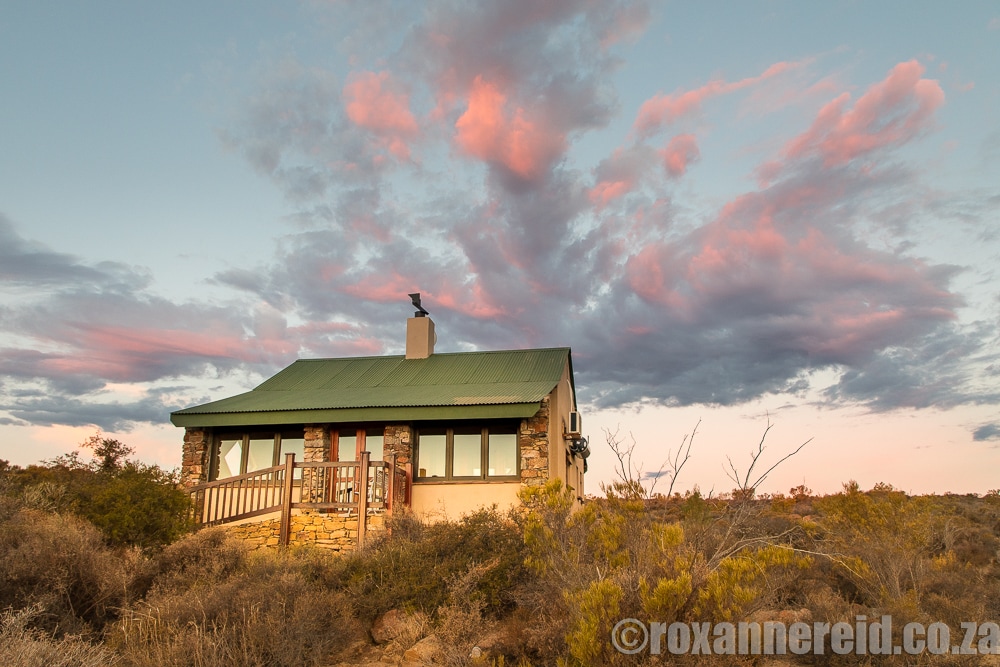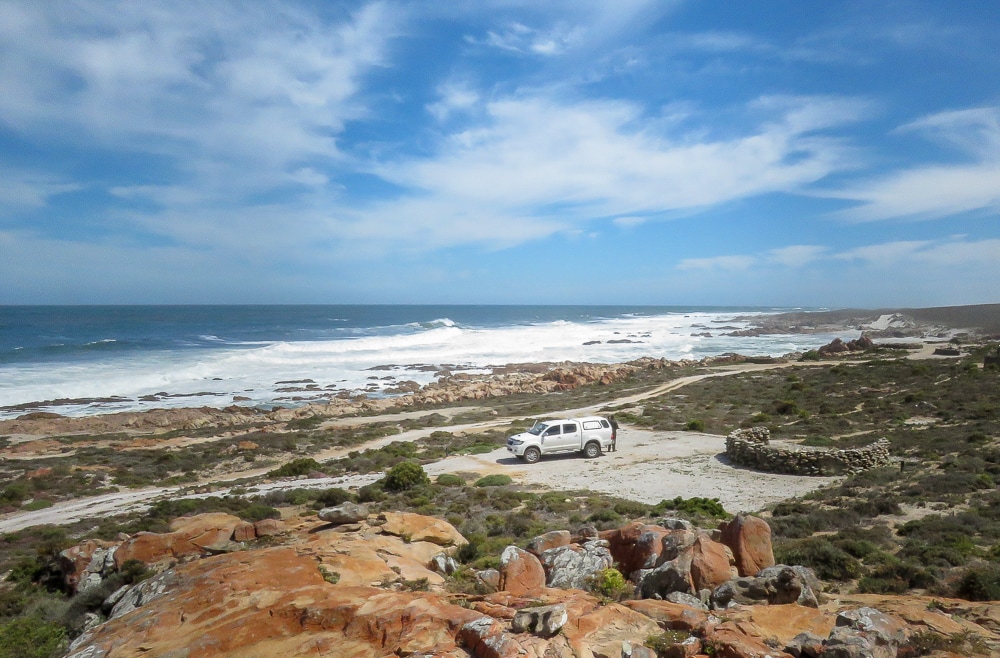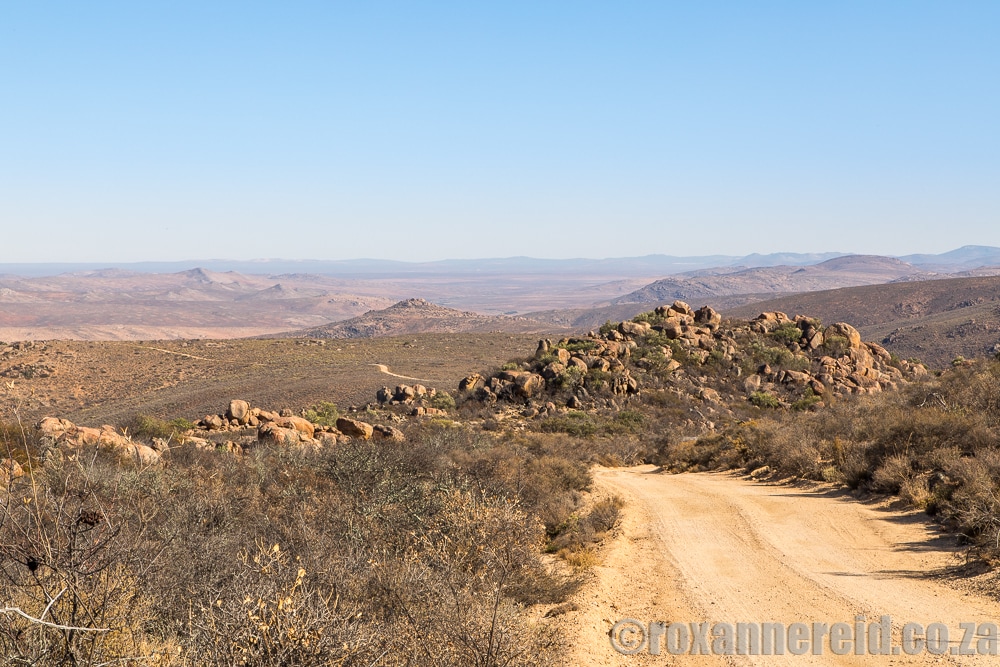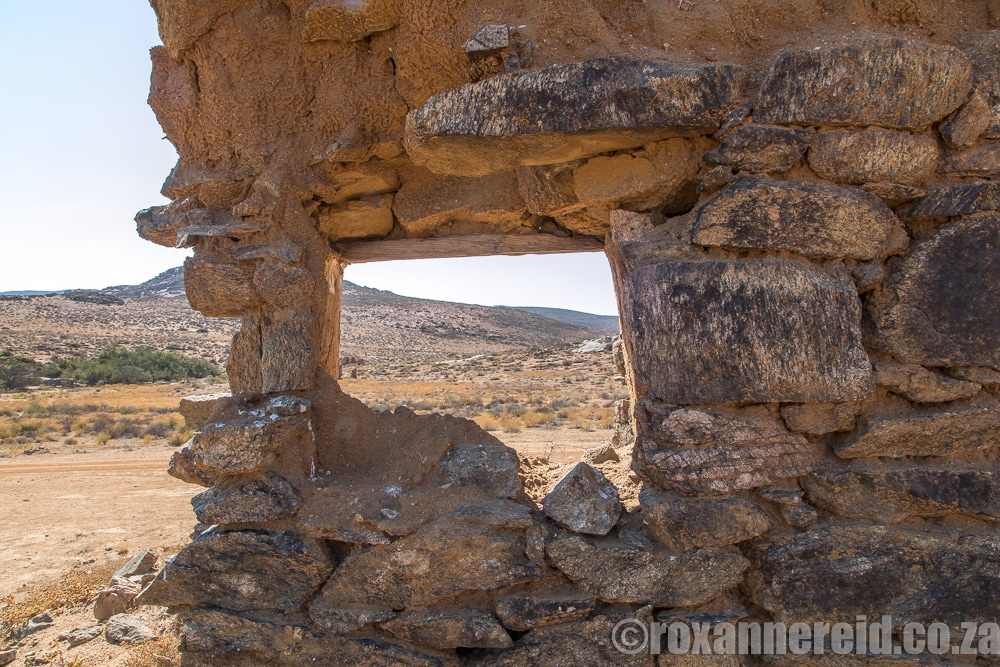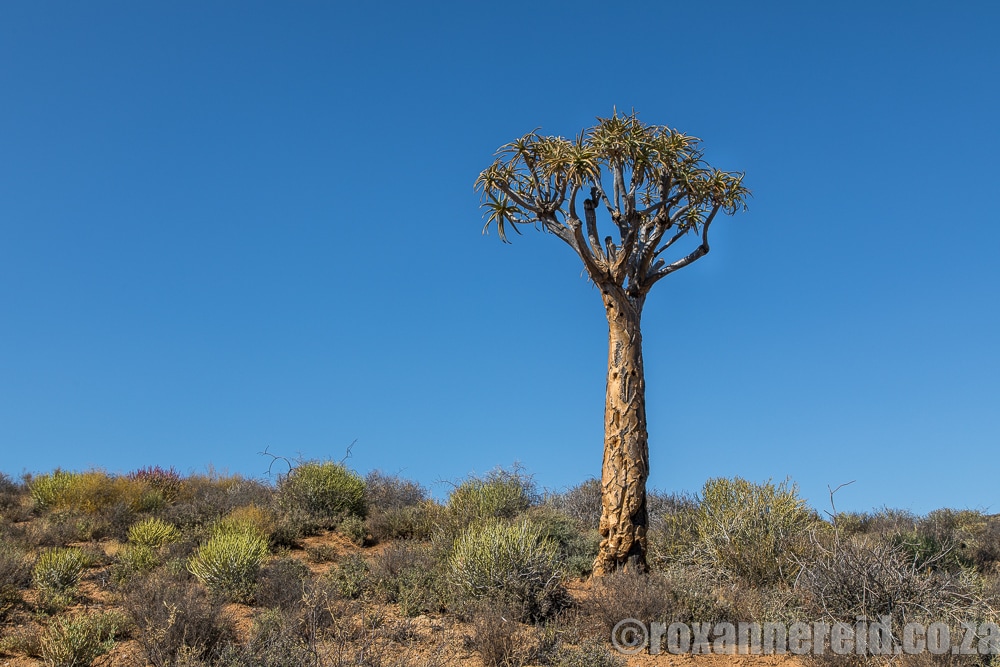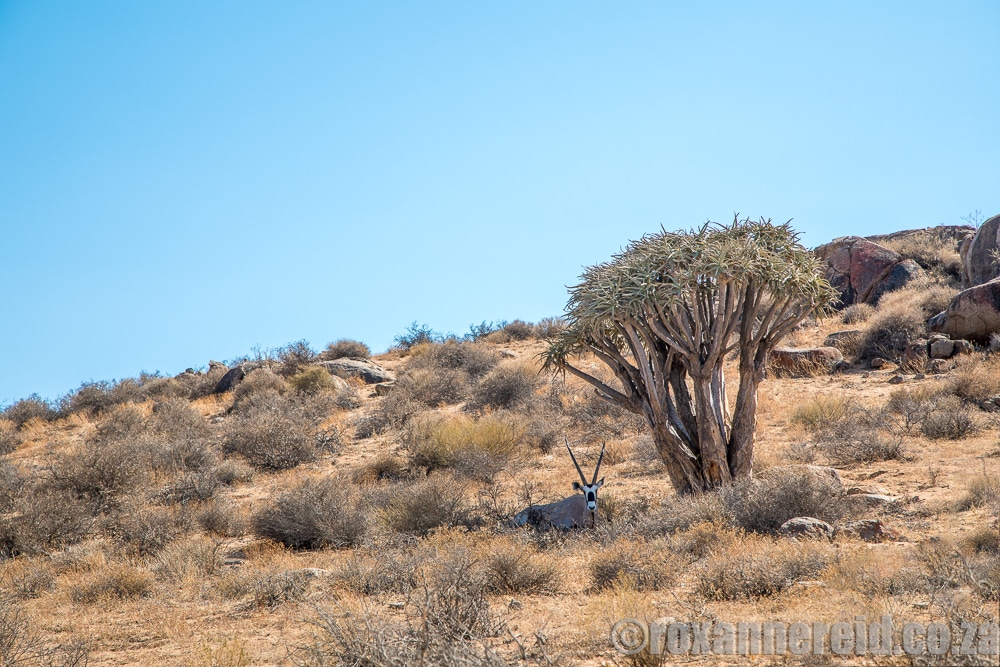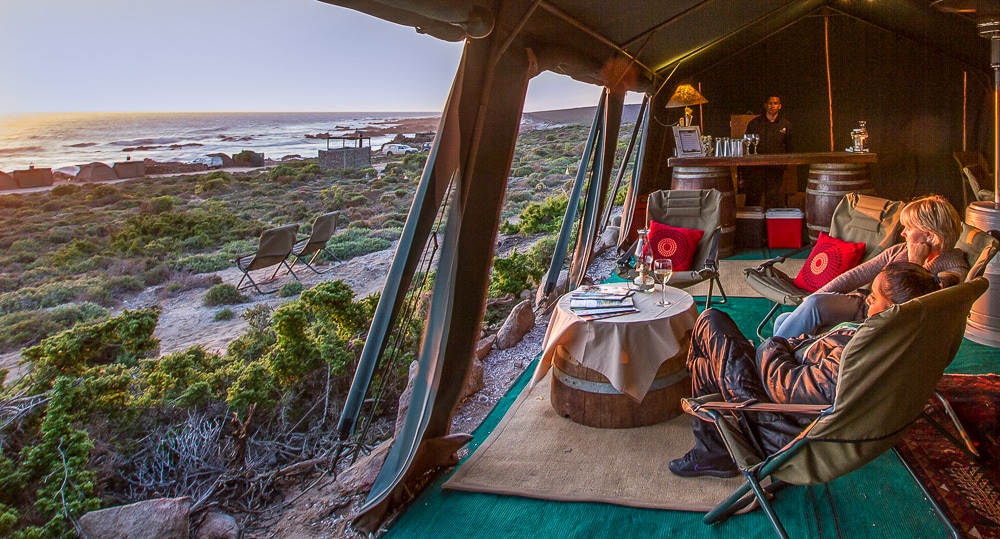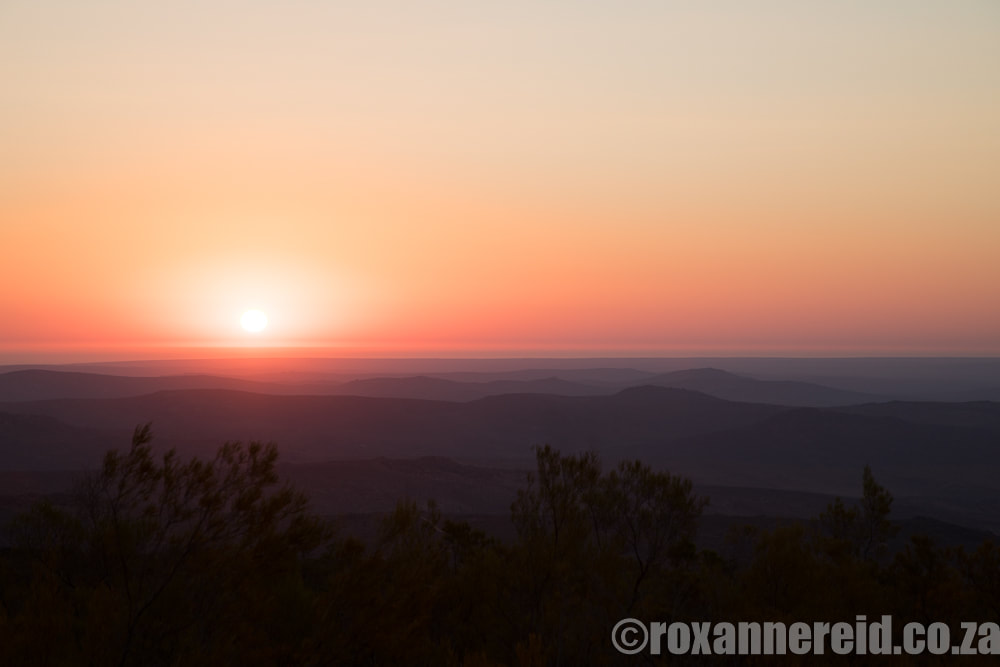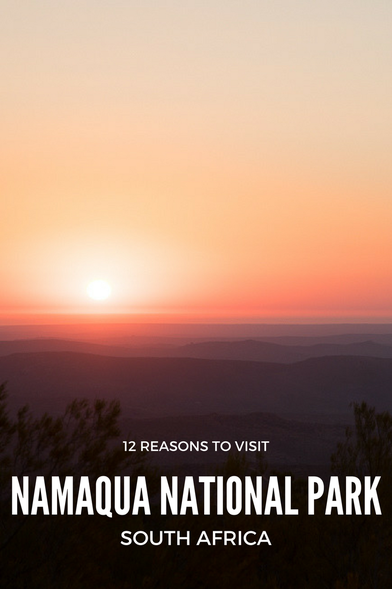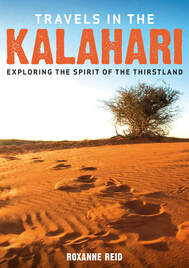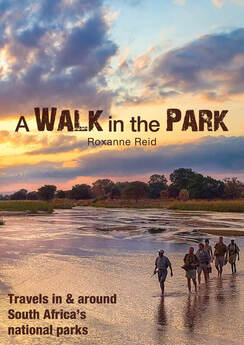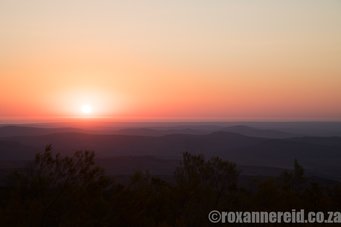
If you hear the word Namaqualand, I'll bet the words ‘spring flowers’ will instantly pop into your head. But the Namaqua National Park near Kamieskroon in South Africa’s Northern Cape isn't just for spring visits. Here are 12 reasons to visit at any time of year.
The park is part of the Succulent Karoo biome – one of the world’s 34 biodiversity hotspots. Namaqualand has more than 3000 plant species, and 50% of them occur nowhere else on the planet.
2. Skilpad chalets
The design is beautiful, with an enclosed porch and dining area at the front, and windows that fold right back to let the outside in. There’s an open-plan lounge/kitchen and the kitchen has both a microwave and a full stove (perfect for roasts on cold winter’s nights). A pullout couch-bed in the living room sleeps two children or one adult.
Housekeeping here is exemplary too. Extremely good value, these chalets remain among my favourites in all of SANParks around South Africa.
3. Coastal section camping
4. Caracal 4x4 eco route
Note that it isn’t suitable as a day drive from Skilpad camp because it will take 6-8 hours to get to Groen River and then at least another 2 hours back to Skilpad. Rather book an overnight stay in the park’s Luiperdskloof cottage or at Hondeklip Bay before continuing to the coastal section, or drive straight through and camp at one of the coastal camp sites. Remember that in the June-September wet season, some parts of the eco route may be closed; do NOT stop in the riverbeds.
Read more about the trail here
5. Quiver trees
6. Animals
Look out for the Namaqua speckled padloper, the world’s smallest tortoise. A fully grown adult is only about as long as your forefinger and lives here in succulent Karoo and fynbos vegetation.
Birds include Verreaux’s eagle, Kori bustard, Namaqua sandgrouse, southern black korhaan and spotted eagle-owl.
7. Walks and MTB
The 5km Skilpad walking trail is particularly popular in spring because it takes you through carpets of flowers. The shorter 3km Korhaan walking trail is a stroll through more bushy areas with a wider variety of flowers. Both start at the Skilpad office/reception complex.
In the coastal section there’s a 6km hike (one way) along the beach where you might see Heaviside’s dolphins, humpback whales and seabirds. It starts from the viewing deck about 15km north of the Groen River office.
Although the park has no formal MTB trails, you’re welcome to bring your bike to cycle along any of its roads or tracks.
8. Dolphins and oystercatchers
9. Shifting white dunes
The Bitter River dunefield stretches some 20km from the Bitter River mouth in the south to the Spoeg River in the north and is in pristine condition – dubbed ‘the only unspoilt and properly functioning system left on the South African coast’. The white sand is fine and easily windswept, moving 5-10m northwards every year and exposing new areas where Stone Age fossils can be found. You’ll find some hardy plants growing on the dunes, which are also a popular place for ostriches to build their nests.
10. Caves
11. Glamping
12. Peaceful stopover
You may also enjoy
Namaqua National Park guide: everything you need to know
More to Namqualand than spring flowers
Find the article interesting? Pin this image!
